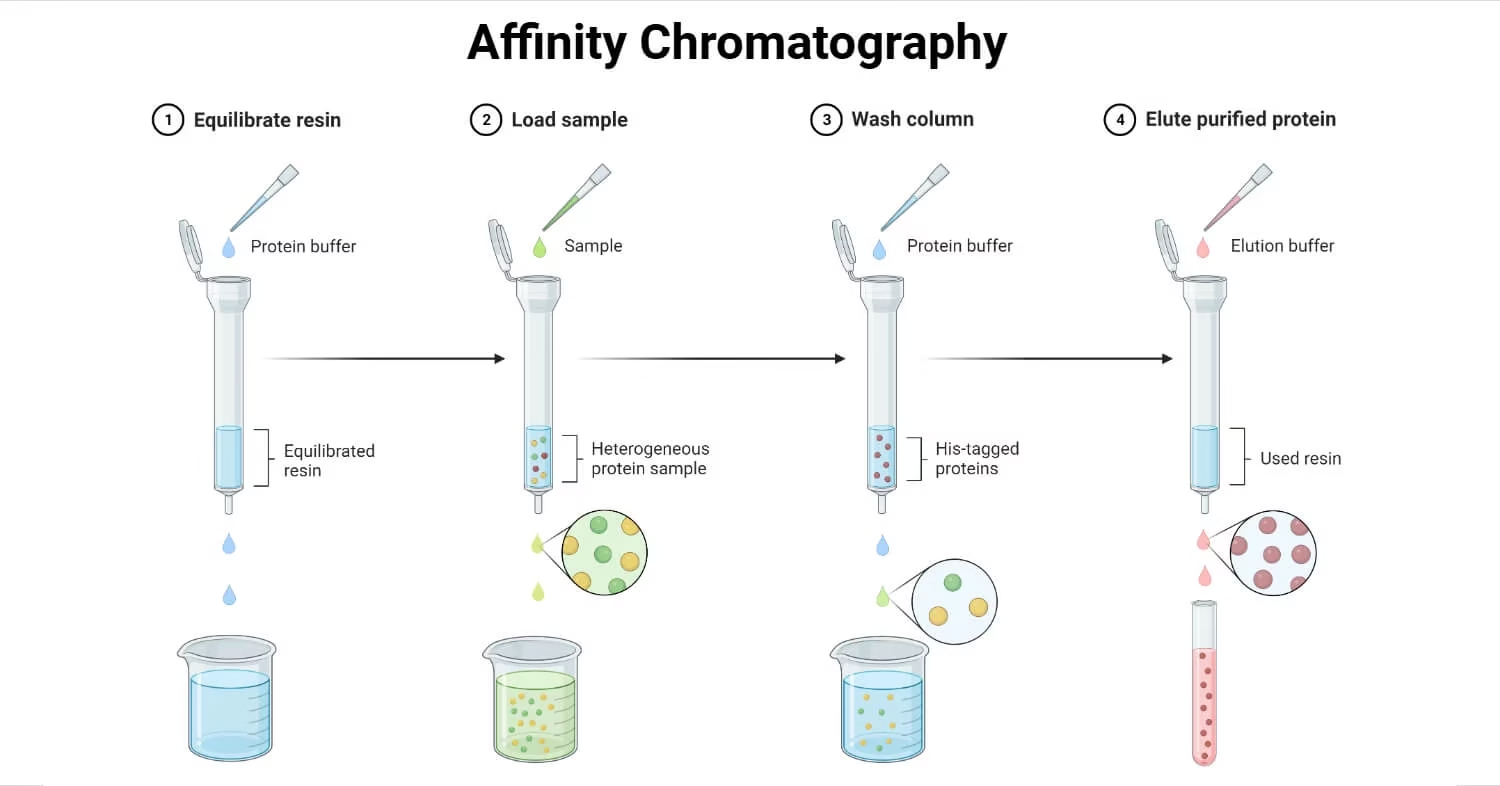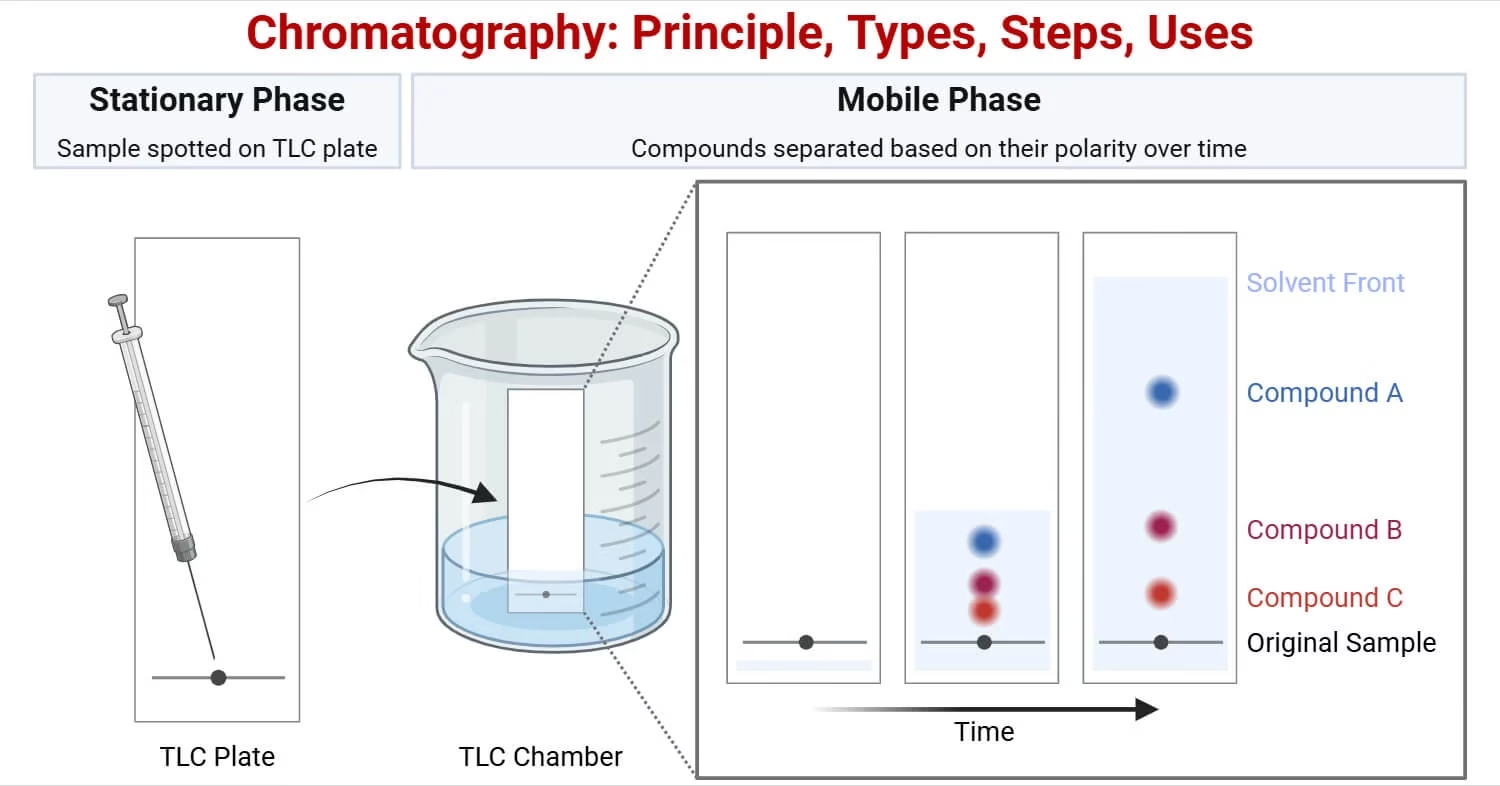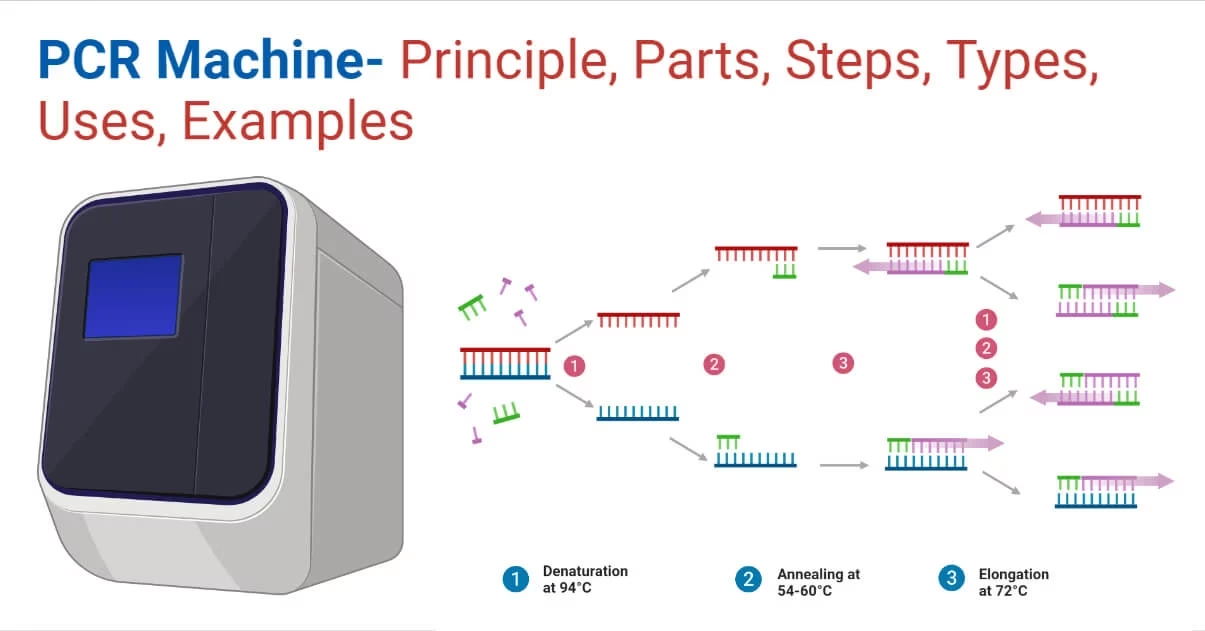Mass Spectrometry – Principle, Steps, Instrumentation, Types & Applications
Mass Spectrometry (MS) is a highly precise analytical technique used to identify and measure the amount of chemicals present in a sample. It works by ionizing molecules and separating them based on their mass-to-charge ratio (m/z).









